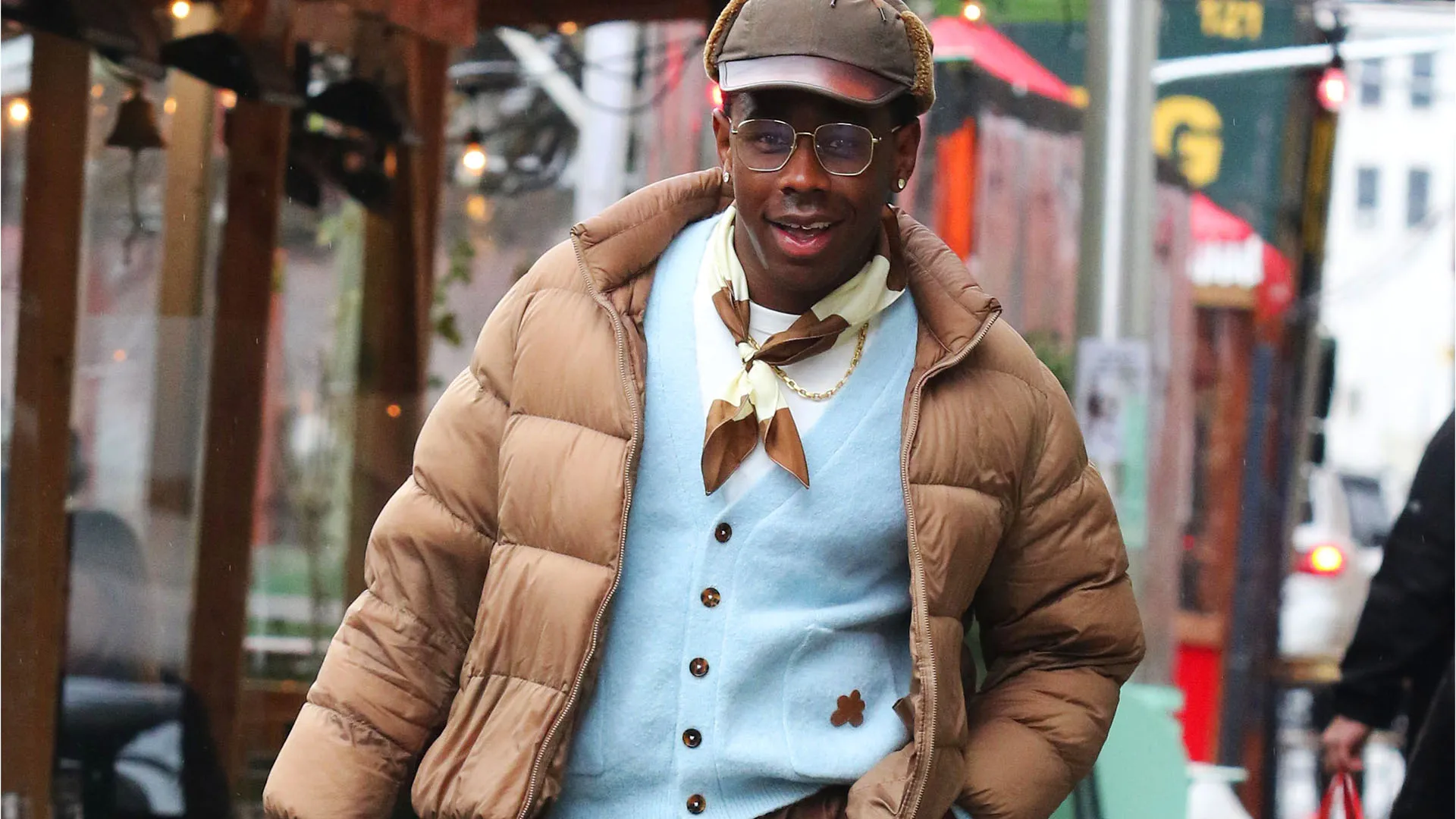The neckerchief, often overlooked yet versatile and steeped in history, has endured centuries as both a practical accessory and a fashion statement. This article explores the origins, evolution, cultural significance, and modern-day uses of the neckerchief, highlighting its enduring appeal and diverse roles in various contexts.
Origins and Historical Evolution
The neckerchief’s history dates back to ancient civilizations, where it served functional purposes such as protection from weather elements, sweat absorption, and even as a bandage in emergencies. Over time, its role expanded beyond utility to include cultural and social significance. In military contexts, soldiers wore neckerchiefs for identification and practicality, while sailors used them to distinguish ranks and signal messages.
Cultural Significance
Throughout history, the neckerchief has been embraced by diverse cultures worldwide, each imbuing it with unique symbolism and traditions. In the Western world, it became synonymous with cowboy attire in the American frontier, adding a rugged charm to their rugged lifestyle. Meanwhile, in Europe, the neckerchief became a fashionable accessory among aristocrats and eventually evolved into a symbol of rebellion during various social movements.
Fashion Evolution
The neckerchief’s journey from utilitarianism to fashion accessory is evident in its adoption by various fashion movements and subcultures. In the 20th century, icons like Audrey Hepburn and Grace Kelly popularized the silk neckerchief as a chic accessory, complementing sophisticated attire with a touch of flair. Later, the neckerchief became a staple of the punk and rock ‘n’ roll scenes, worn as a symbol of nonconformity and individuality.
Versatility in Modern Contexts
In contemporary fashion, the neckerchief continues to evolve, offering versatility in styling and functionality. It can be worn in myriad ways: draped loosely around the neck for a casual look, tied tightly as a statement piece, or even incorporated into hair accessories and bag adornments. Designers and fashionistas experiment with different fabrics, patterns, and textures, ensuring the neckerchief remains relevant across seasons and trends.
Practical Uses Beyond Fashion
Beyond its fashion appeal, the neckerchief retains practical uses in various professional settings and outdoor activities. In sports such as cycling and hiking, it serves as a sweatband or face mask, providing protection from the elements and enhancing comfort during physical exertion. In professions like firefighting and military service, specialized neckerchiefs serve functional purposes such as heat protection and uniformity.
Regional Variations and Traditions
The neckerchief’s popularity transcends borders, with each region contributing unique styles and traditions to its legacy. In Japan, the neckerchief or “wagara” is part of traditional attire worn during festivals and ceremonies, symbolizing cultural heritage and respect. In South America, the “bandana” is worn by gauchos and ranchers as a symbol of identity and practicality in rugged landscapes.
Contemporary Revival and Sustainability
In recent years, there has been a resurgence of interest in sustainable fashion practices, prompting a renewed appreciation for the neckerchief’s versatility and eco-friendly appeal. As consumers prioritize ethical and environmentally responsible choices, vintage neckerchiefs and eco-friendly materials gain popularity, reflecting a broader shift towards conscious consumption and timeless style.
Conclusion: Celebrating the Enduring Appeal of the Neckerchief
In conclusion, the neckerchief stands as a testament to the enduring appeal of practicality, fashion, and cultural heritage. From its humble beginnings as a functional garment to its evolution into a symbol of style and self-expression, the neckerchief has woven itself into the fabric of global fashion and identity. Whether worn for fashion-forward flair, practical utility, or cultural significance, the neckerchief continues to inspire creativity and capture the imagination of individuals across generations and continents. As we celebrate its history and versatility, we recognize the neckerchief’s timeless charm and its ongoing relevance in shaping trends and traditions worldwide.
